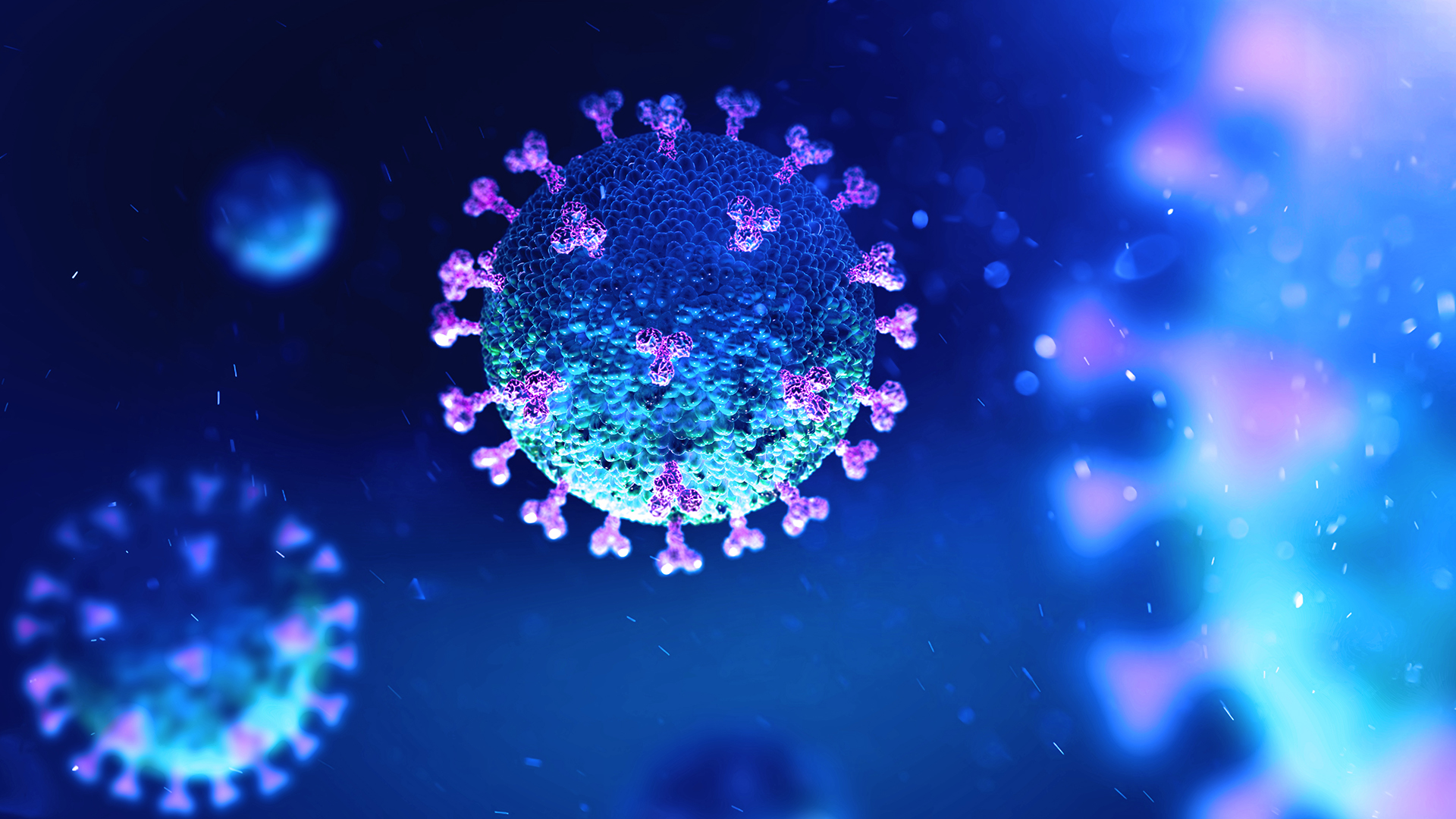Coroner finds earliest coronavirus death in early February in Bay Area
COVID-19 may have been spreading in the San Francisco Bay Area well before anyone knew.

The novel coronavirus may have been spreading in the San Francisco Bay Area well before anyone knew. That's the conclusion researchers have come to after the Centers for Disease Control and Prevention (CDC) confirmed that two individuals who died at home in Santa Clara county, on Feb. 6 and Feb. 17, respectively, were infected with COVID-19.
"The medical examiner-coroner received confirmation from the CDC that tissue samples from both cases are positive for SARS-CoV-2 (the virus that causes COVID-19)," health officials for the Santa Clara county said in a statement, adding that tissues from another individual who died in the county on March 6 also tested positive for the virus.
Both deaths occurred well before what was thought to be the first COVID-19 fatalities in the U.S. — two COVID-19-related deaths that occurred on Feb. 26 in Kirkland, a suburb of Seattle, Washington. Scientists had initially suspected the first related death in the U.S. was a man in his 50s with COVID-19 who died on Feb. 29 in Kirkland, Live Science reported at the time.
In Santa Clara County, the earliest death was thought to have occurred on March 9.
Related: Coronavirus outbreak: Live updates
At that time, the CDC restricted COVID-19 testing to individuals with coronavirus symptoms with known travel to China or exposure to someone who had traveled to China.
The news impacts the ever-changing timeline for COVID-19 spread in the nation and suggests that there could be even more unidentified cases in the area.
Sign up for the Live Science daily newsletter now
Get the world’s most fascinating discoveries delivered straight to your inbox.
"The fact that there were deaths related to COVID back in early February is very significant because it means the virus was around for a lot longer than was initially realized," Dr. Jeffrey Smith, the medical examiner-coroner and the county executive in Santa Clara, told The Washington Post. "It's been around for a while and it's probably been spreading in the community for quite some time."
Officials suspect these early cases involved community transmission, meaning the patients caught the virus from individuals with no known travel to an affected area, the Post reported.
Smith will likely find additional COVID-19 fatalities during further investigation of past deaths there that occurred in the early days of the outbreak, the statement said.
In addition to deaths, the new finding suggests plenty of cases, regardless of mortality, may have gone unnoticed.
"How many of those were presumed to be flu or pneumonia when they were actually COVID-19?" Eric Topol, a geneticist and researcher who directs the Scripps Research Translational Institute, told The Post.
Originally published on Live Science.
- The 9 Deadliest Viruses on Earth
- 28 Devastating Infectious Diseases
- 11 Surprising Facts About the Respiratory System
OFFER: Save 45% on 'How It Works' 'All About Space' and 'All About History'!
For a limited time, you can take out a digital subscription to any of our best-selling science magazines for just $2.38 per month, or 45% off the standard price for the first three months.
Jeanna Bryner is managing editor of Scientific American. Previously she was editor in chief of Live Science and, prior to that, an editor at Scholastic's Science World magazine. Bryner has an English degree from Salisbury University, a master's degree in biogeochemistry and environmental sciences from the University of Maryland and a graduate science journalism degree from New York University. She has worked as a biologist in Florida, where she monitored wetlands and did field surveys for endangered species, including the gorgeous Florida Scrub Jay. She also received an ocean sciences journalism fellowship from the Woods Hole Oceanographic Institution. She is a firm believer that science is for everyone and that just about everything can be viewed through the lens of science.











